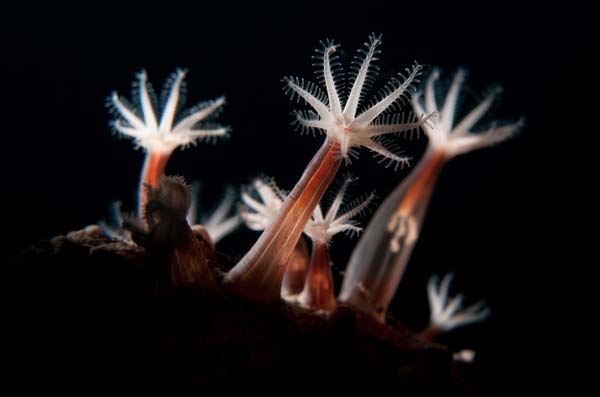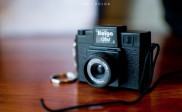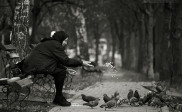Backlighting as a Creative Technique in Macro Photography
Mastering the art of using backlight in macros photography is a great way to get creative and give your photos an edge above the rest. Shooting photographs can be fulfilling, but getting up-close and snapping small to tiny objects in detail is just awesome.
Macros photography allows you to control the volume of light and illumination in the background of your target object, so that your camera can also see the details of small objects otherwise hidden from it. To achieve this you will need to snap only at the right time and in the right light. Here are some guidelines to help you control backlighting, and capture some truly awesome macro shots.
Avoid lens flare
A lens flare occurs when light shines directly on to the lens. Backlights can cause this effect by fooling your light meter. This can be controlled by adding more light to the scene so that the additional light will bounce back on to the object from the front. You can also use a small reflector to balance the customary deep shadows and bright highlights associated with photographs with back light, or use fill flash to open up the shadows. Backlighting or silhouette lighting is used to reveal the shape of an object with little or no information shown on the front side.

Octocorallia Close-Up by Pash Baker
Shooting in various lighting conditions to get the desired silhouette or details
As a macro photographer you know you can take shots in just about any lighting condition, but the important thing is using the lighting so that it produces what you want. The shallow depths of field provided by the blurry background of an object, will allow you to find interesting ways to capture a silhouette.
For harsh lighting conditions, such as during the midday period, use a light tent as a diffuser. You can make your own diffuser as it is just hollow cubes of white fabric. Directing your light through the panels will cause the light to diffuse.
In a forest with a thick canopy, use a reflector that will bounce onto the small scene you wish to capture.
Use a golden reflector to diffuse shadows and add warmth to your photo.
Adding or removing light to gain the perfect lighting can be a bit challenging at times
It is easier to take away some light to achieve the perfect lighting than it is to add light to achieve the same. It is especially harder to add light to just a part of the scene since reflectors tend to bounce light onto whatever is in front of them. The challenge is focusing the light so that it illuminates just the object or the portion of the unit you wish to capture.
Eliminating a black background
If you want to get rid of black backgrounds in macros photography, consider using the following tips:
Try to eliminate black backgrounds in macro photography where flash is the dominant light. By doing this you can use the flash to get the subject to pop from the background. Small apertures are generally required to gain adequate depth of field for macro photos along with the fastest shutter speed freeze to capture the perfect shot. Using a longer shutter speed is the easiest way to get rid of black backgrounds in your flash photos.
Use a reflector to bounce the light when using backlight in macros photography. The bounce effects from a warm tone reflector may be better than that from a white reflector, but the choice is yours.




Nice introduction to using backlighting. Funny that you say to remove the black background, I quite like that effect!